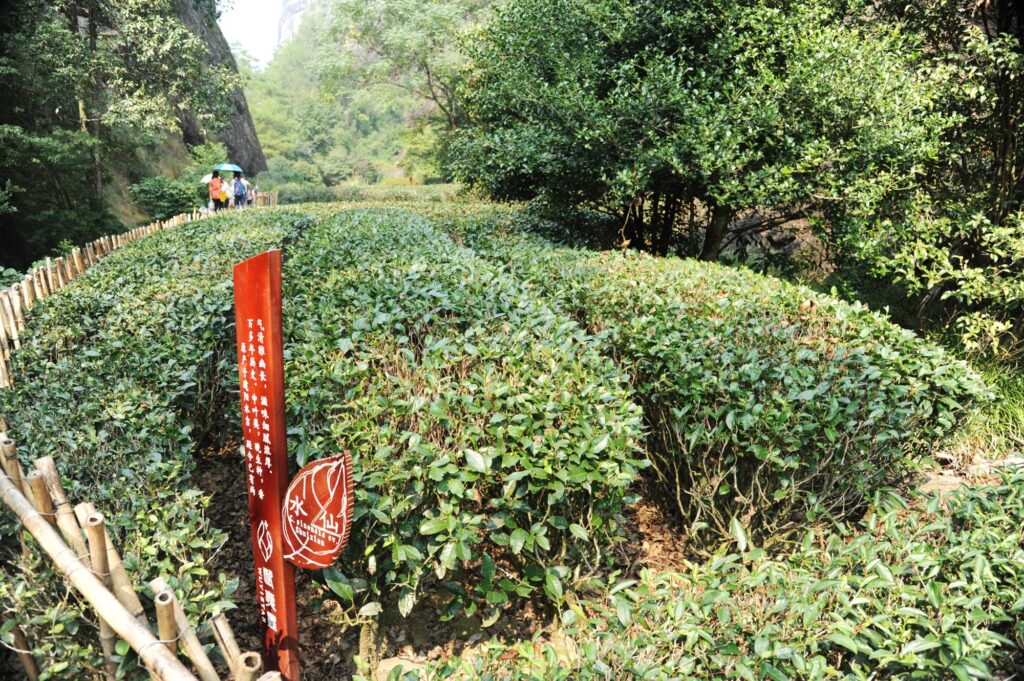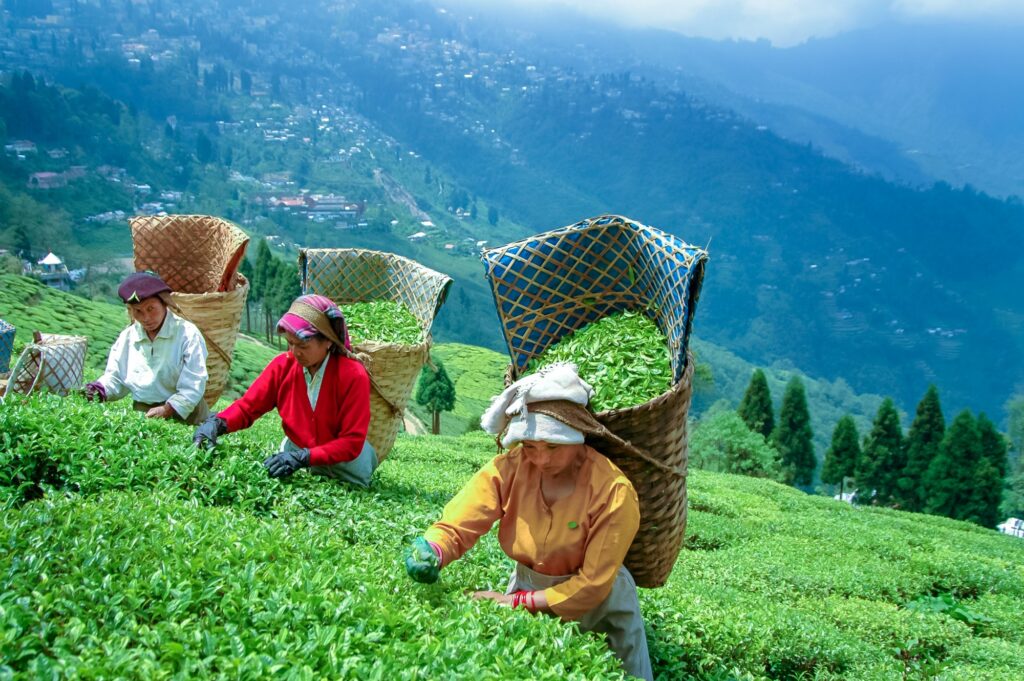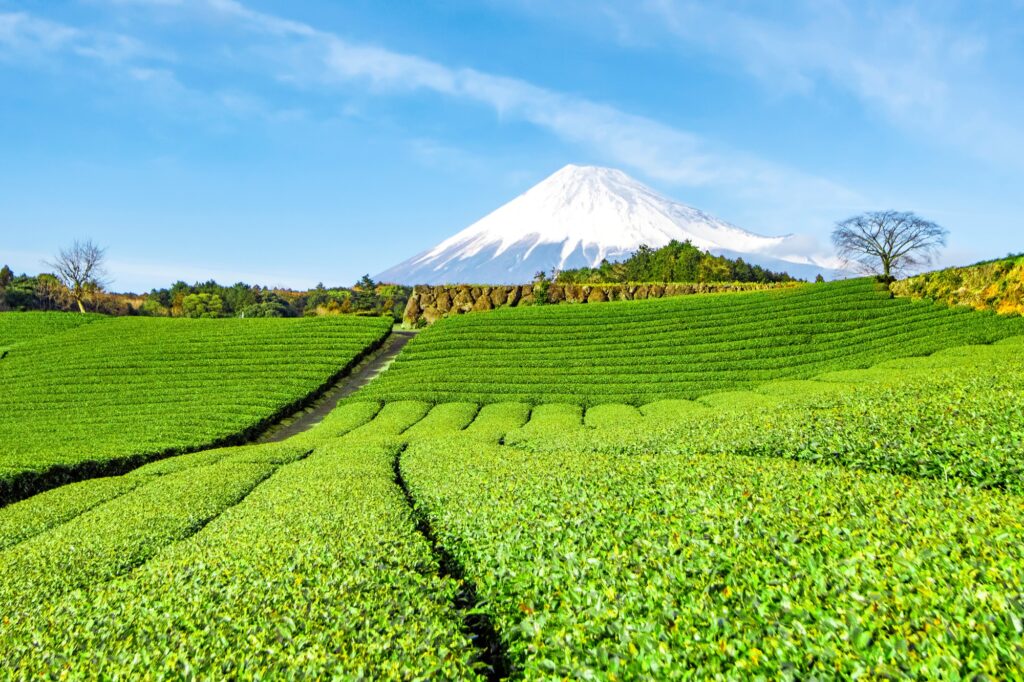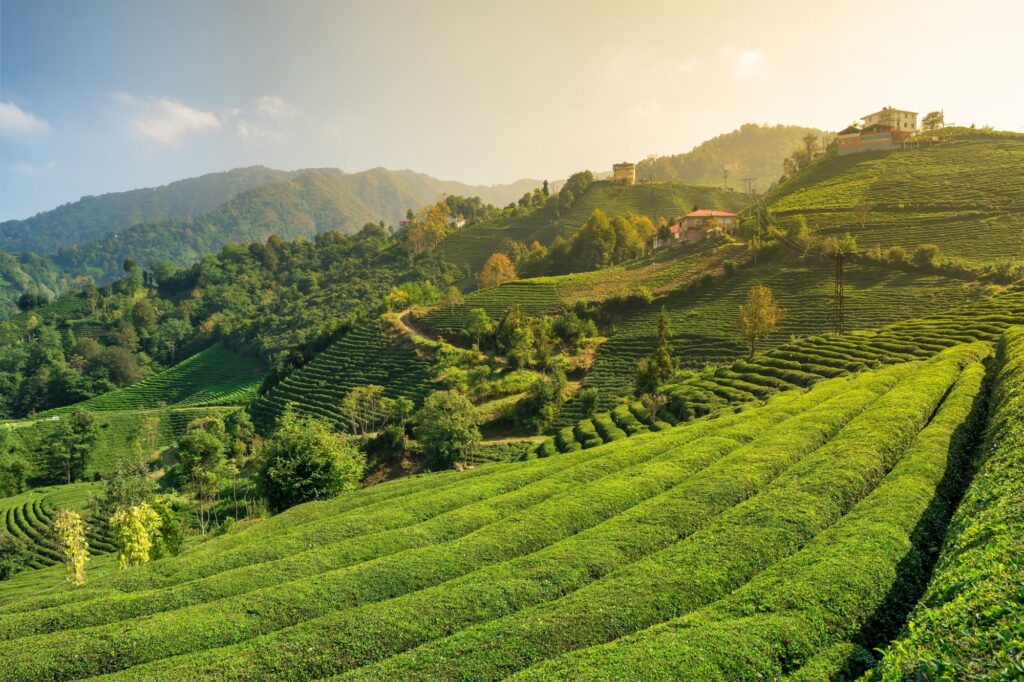
Tea is a beloved beverage that has captivated the hearts and palates of people around the world for centuries. Beyond its refreshing taste and soothing aroma, tea is deeply rooted in the rich tapestry of cultures and traditions that span the globe. At the heart of this captivating world of tea lie the diverse and unique tea regions, each with its own fascinating history, distinct terroir, and exceptional flavors.
The History and Culture of Tea
The story of tea is one that has been woven into the fabric of human civilization for millennia. Originating in ancient China, the humble tea plant, Camellia sinensis, has captivated the imaginations of people across the globe, becoming an integral part of countless cultural traditions and rituals.
Throughout history, the cultivation and consumption of tea have been deeply influenced by the unique geographic and climatic conditions of the regions where it is grown. From the high-altitude tea gardens of Darjeeling in India to the misty slopes of Mount Fuji in Japan, each tea region has developed its own distinct methods of cultivation, processing, and preparation, reflecting the unique cultural heritage of the people who have tended to these precious leaves for generations.
The Importance of Terroir in Tea Production
One of the key factors that sets the world’s finest tea regions apart is the concept of terroir – the unique combination of soil, climate, and environmental conditions that shape the character and flavor of the tea. Just as the terroir of a wine-producing region can impart distinct characteristics to the grapes, the terroir of a tea region plays a crucial role in determining the aroma, color, and taste of the tea leaves.
The elevation, rainfall, temperature, and even the angle of the sun can all influence the growth and development of the tea plant, resulting in a diverse array of flavors and nuances that are specific to each tea region. Understanding and preserving the delicate balance of these environmental factors is essential for producing the world’s most exceptional teas.
Famous Tea Regions Around the World

Tea Regions in China
China, the birthplace of tea, is home to some of the most renowned and revered tea regions in the world. From the ancient tea mountains of Yunnan, where the prized Pu-erh tea is cultivated, to the delicate and fragrant green teas of Zhejiang, each Chinese tea region boasts a unique set of characteristics that have captivated tea enthusiasts for centuries.
The Wuyi Mountains in the Fujian province, for example, are renowned for their production of the highly prized and complex Oolong teas, while the Anhui province is celebrated for its exceptional Huangshan Maofeng green tea, with its delicate, floral notes and vibrant green hue.
Tea Regions in India
India, another tea powerhouse, is home to a diverse array of tea regions, each with its own distinct personality and flavor profile. The picturesque Darjeeling region, nestled in the Himalayan foothills, is known for its delicate, aromatic black teas, which are often referred to as the “Champagne of Teas.” The Assam region, with its lush, tropical climate, is renowned for its robust, full-bodied black teas, while the Nilgiri region in southern India is celebrated for its balanced, fragrant teas that are perfect for everyday enjoyment.
Tea Regions in Japan
Japan, a country with a deep-rooted tea culture, is home to some of the world’s most exquisite and unique tea varieties. The Shizuoka prefecture, situated at the base of Mount Fuji, is renowned for its exceptional Sencha green teas, with their vibrant green color and delicate, umami-rich flavor. The Uji region, near Kyoto, is famous for its Gyokuro and Matcha teas, which are prized for their intense sweetness and complex, nuanced profiles.
Tea Regions in Sri Lanka
Sri Lanka, formerly known as Ceylon, is a tea powerhouse that has captivated the world with its exceptional black teas. The island’s diverse microclimates and elevations have given rise to a range of distinct tea varieties, from the robust and full-bodied teas of the Dimbula region to the delicate, floral teas of the Nuwara Eliya highlands.
Tea Regions in Kenya
While not as well-known as the classic tea-producing regions, Kenya has emerged as a significant player in the global tea market, particularly for its production of high-quality black teas. The Kenyan tea regions, situated along the Great Rift Valley, benefit from a unique combination of high elevations, abundant rainfall, and nutrient-rich soils, resulting in teas that are bold, bright, and full-bodied.
Unique Characteristics and Flavors of Each Tea Region
Each of the world’s renowned tea regions has developed its own unique set of characteristics and flavor profiles, shaped by the interplay of geography, climate, and traditional cultivation and processing methods. Understanding these nuances is key to appreciating the true diversity of the tea world.
For example, the high-altitude Darjeeling teas of India are known for their delicate, floral notes and subtle astringency, while the Pu-erh teas of Yunnan, China, are prized for their earthy, complex, and often aged flavors. The Sencha green teas of Japan, on the other hand, are celebrated for their vibrant green color, sweet umami notes, and refreshing, clean finish.
Exploring the unique characteristics of these diverse tea regions can be a truly enlightening and rewarding experience for tea enthusiasts, as it allows them to discover the rich tapestry of flavors and aromas that the tea world has to offer.
How to Choose and Brew Teas from Different Regions

Navigating the vast and varied world of tea can be a daunting task, but understanding the unique qualities of each tea region can help tea drinkers make informed choices and brew the perfect cup every time.
When selecting teas from different regions, it’s important to consider factors such as leaf size, color, and aroma, as well as the recommended brewing parameters, such as water temperature and steeping time. For instance, delicate green teas from Japan may require lower water temperatures and shorter steeping times to preserve their delicate flavors, while robust black teas from Assam may benefit from hotter water and longer infusion periods to extract their full-bodied character.
By paying attention to these nuances and experimenting with different brewing techniques, tea enthusiasts can unlock the true potential of teas from the world’s finest tea regions, ensuring that each sip is a delightful and enlightening experience.
Exploring Lesser-Known Tea Regions
While the world’s most famous tea regions have long captured the attention of tea enthusiasts, there are also a number of lesser-known tea-producing areas that are worthy of exploration. These emerging regions offer a chance to discover unique and often unexpected tea varieties, as well as to support the sustainable development of local tea communities.
One such example is the Hwangsan Mountain region in South Korea, where a growing number of artisanal tea producers are reviving the country’s rich tea heritage by cultivating high-quality green and oolong teas. Similarly, the Rize province of Turkey, located along the Black Sea coast, is home to a thriving tea industry that produces distinctive, full-bodied black teas with a unique flavor profile.
By seeking out and supporting these lesser-known tea regions, tea enthusiasts can not only expand their palates but also contribute to the preservation of traditional tea-growing practices and the economic well-being of the communities that depend on them.
The Future of Tea Regions and Sustainability

As the world’s tea regions continue to face challenges posed by climate change, environmental degradation, and shifting consumer preferences, the future of the global tea industry is poised for significant transformation. However, with a renewed focus on sustainable practices, innovation, and the preservation of traditional tea-growing methods, the world’s tea regions are well-positioned to navigate these challenges and continue to delight tea enthusiasts for generations to come.
Many tea-producing regions are already taking steps to mitigate the impact of climate change, such as implementing water conservation strategies, diversifying crop cultivation, and exploring renewable energy sources. Additionally, there is a growing emphasis on organic and biodynamic tea production, which not only benefits the environment but also enhances the unique terroir-driven flavors that make each tea region so special.
By embracing these sustainable practices and innovations, the world’s tea regions can ensure that the rich tapestry of tea culture and tradition continues to thrive, allowing tea enthusiasts to explore and appreciate the beauty and diversity of this beloved beverage for years to come.
The Beauty and Diversity of Tea Regions
The world’s tea regions are a true testament to the incredible diversity and beauty that can be found in a single plant. From the ancient tea mountains of China to the lush plantations of Sri Lanka, each tea region has its own captivating story to tell, woven together by the intricate relationships between geography, climate, and the dedicated efforts of tea growers and producers.
As we have explored in this article, the unique terroir of each tea region is the key to unlocking the exceptional flavors and aromas that make the world’s finest teas so sought after. By understanding and appreciating the nuances of these diverse tea regions, we can not only deepen our enjoyment of tea but also contribute to the preservation of the rich cultural and environmental heritage that sustains this beloved beverage.






